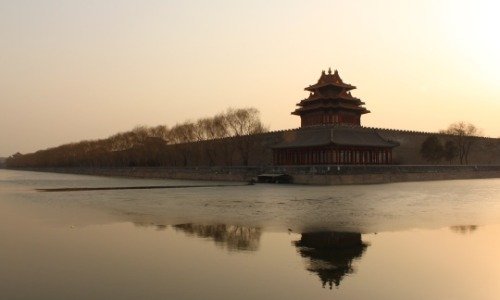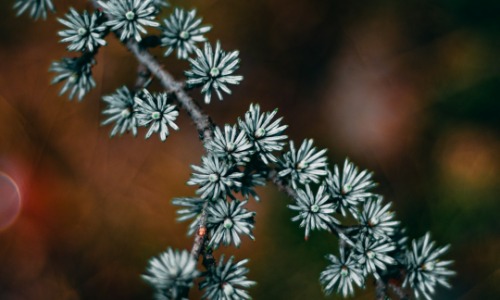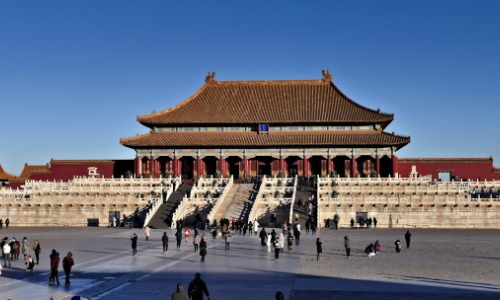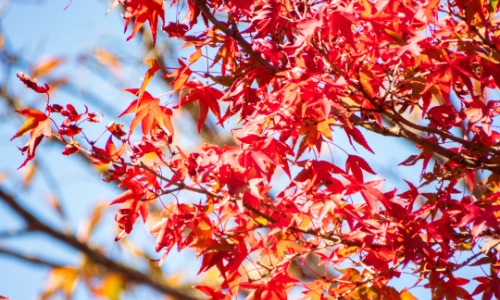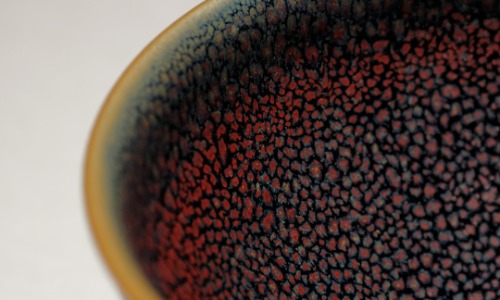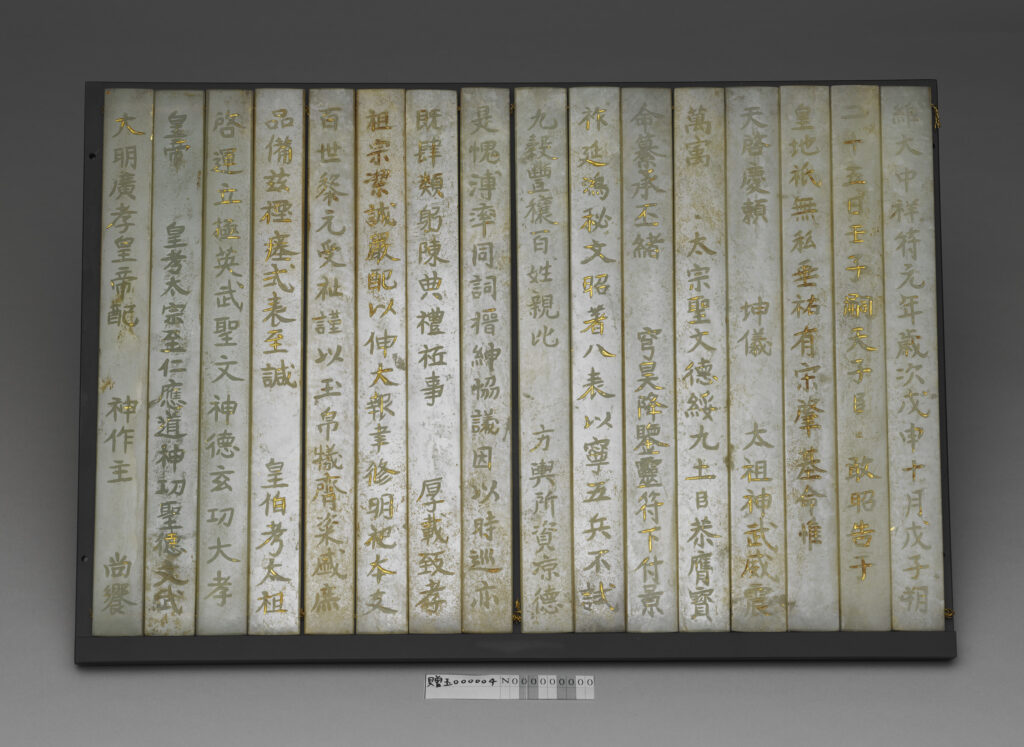Saorin
-

Yasuke Nobunaga song lyrics
About Yasuke Yasuke doesn’t appear frequently in Japanese historical records. Therefore, we don’t really know whether he actually played such an active role as Oda Nobunaga’s page (personal attendant) like he does in video games. The Honnō-ji Incident If Sasuke had truly been one of Oda Nobunaga’s pages, he would have been with Nobunaga during the Honnō-ji Incident in 1582. The Honnō-ji Incident was a major historical event where Oda Nobunaga, one of Japan’s most powerful warlords, was betrayed and…
-
The Prince Gong’s Mansion in Beijing a testament to the Prince Gong Family historical significance.
Here’s the English translation with explanations for those unfamiliar with Chinese history: The Prince Gong’s Mansion in Beijing belonged to Prince Gong, an important member of the Qing Dynasty’s imperial family during the late imperial period. The most famous Prince Gong was Aisin Gioro Yixin (1833-1898). The Qing Dynasty (1644-1912) was China’s last imperial dynasty, ruled by the Manchu people. Young Prince Gong Yixin Born as the sixth son of Emperor Daoguang, Yixin showed exceptional talent in both literary and…
-

Divergent Destinies: The Contrasting Treatment of the Chunqin and Su Prince Houses in Post-Revolutionary China
The Evolution of Manchu Policy in the People’s Republic of China 1. From Exclusion to Integration – Initially, revolutionaries sought to exclude all Manchus – Later shifted to the “Five Races Under One Union” (wu zu gonghe) concept – This change was driven by concerns that Manchu exclusion might spark independence movements 2. Treatment of the Chunqin Prince House (Puyi) – Puyi received special consideration after the war – Underwent thought reform, was granted amnesty and citizenship – His family…
-

The Last Reforming Prince: Su Shanqi’s Vision for a Modern Qing Dynasty
I’ll translate this historical account of Prince Su Shanqi into English, maintaining the same structure and detail. Prince Su Shanqi (1866-1922): A Reformer Caught Between Tradition and Modernization in Late Qing China Noble Lineage and Special Status Prince Su Shanqi was born into a noble lineage descended from Hooge, the eldest son of Hong Taiji, the second emperor of the Qing Dynasty. His family, the Prince Su household, was one of the “iron-cap princes” (tiemao wang), a special hereditary princely…
-

The Light and Shadow of History – Kodaira Soji and the Final Days of the Qing Dynasty
The Light and Shadow of History History is often told from the perspective of the victors. In modern Chinese history after the Xinhai Revolution, while Miyazaki Toten, who supported Sun Yat-sen’s revolutionary movement, is widely known, the stories of those who remained loyal to the Qing Dynasty are rarely told. Today, we introduce the life of Kodaira Soji, a figure hidden in the “shadows of history.” Devotion to the Qing Dynasty Born in 1876 in Hotaka Village (present-day Azumino City),…
-

The last Empress’s Escape – Between Fact and History
Organizing the Facts On the night of November 10, 1931, Puyi escaped from Tianjin and arrived in Yingkou on the 13th, heading toward Manchukuo. Sixteen days after Puyi’s departure, on November 26, an escape operation for Empress Wanrong was executed. The Operation Team – Planner: Yoshida Chutaro, translator for the Tianjin Garrison – Accompanying members: – Kawashima Yoshiko – Mrs. Yoshida Chutaro – Wanrong’s brother – Imperial eunuch – Lady-in-waiting – Japanese Army Colonel The Moment of Decision About ten…
-

The Last Days of the Qing Dynasty – Behind the Scenes of Puyi’s Abdication
The Beginning of Turmoil In 1911, with the outbreak of the Xinhai Revolution, the Qing Dynasty faced a crisis of survival. Taking advantage of this situation, Yuan Shikai, who held military power, plotted to force the young Emperor Puyi to abdicate and seize power for himself. The Final Resistance In this critical situation, two important royal figures stood firmly against the emperor’s abdication until the end of the imperial conference: – Prince Gong (Puwei) – Prince Su (Shanqi) They advocated…
-

Why was Puyi given special protection?
Why was Puyi given special protection? After the founding of the People’s Republic of China, the privileges of the imperial family and aristocracy during the Qing Dynasty were supposed to have been completely denied, restoration of honor and special protection were given to Emperor Puyi and the mellow imperial family. Why is that? Sun Yat-sen’s “Republic of the Five Tribes” In the early stages, the revolutionaries adopted an extreme Manchurianism that regarded the entire Manchu tribe as the enemy and…
-

Rikugien
Rikugien Rikugien is a garden in Kita-ku, Tokyo that is considered a masterpiece of the Edo period in Japan. Its name comes from The Six Elements of Poetry, a description of the classification of poems and their techniques of expression derived from the Chinese Shijing. It is not, however, a Chinese garden. The garden was created by Yanagisawa Yoshiyasu, who has reflected scenes from ancient Japanese waka poems in his garden. We hope that visitors to the garden will be…
-

“SHOGUN – A Story Hidden in the Tea Room” ~Japanese Cultural Depths in an Emmy Award-Winning Series~
Excellence in Visual Expression This work features exquisitely refined imagery and Japanese dialogue, conveying deep cultural meanings that cannot be fully captured through English subtitles alone. Through the traditional Japanese tea ceremony, it masterfully expresses the complex psychology of two characters. The Significance of the Tea Room Space The path to the tea room is carefully depicted in the visuals: – Stepping stones: A bridge to the sacred world – Tsukubai (washing basin): A ritual place for cleansing hands and…
-

Enjoying Japanese Seabass (Suzuki) in Summer: Culinary Delights and Cultural Significance
If you’re traveling to Japan in the summer and visiting a sushi restaurant, I highly recommend you to try “Suzuki” (Japanese seabass). Seabass, along with other white-fleshed fish such as snapper and flounder, is characterized by its pale color and subtly rich flavor. The meat of the seabass is soft, light, and savory. Not only is seabass delicious when eaten raw, it’s also delightful when grilled. You might enjoy it in Italian restaurants in Japan where it’s served in dishes…
-

Ceremonial Traditions of Ancient China: The Fengshan Ritual and the Mandate of Heaven and the right of revolution
The National Palace Museum in Taiwan houses outstanding historical artifacts and treasures from China. In ancient China, there was a strict class distinction in rituals. Only the emperor could worship the gods of heaven and earth. Vassals and dignitaries were allowed to worship the mountains and rivers. The common people could worship their ancestors. This is a jade book, known as a “jade tablet”, modeled after the bamboo slips used for writing in ancient times. This jade tablet was used…

